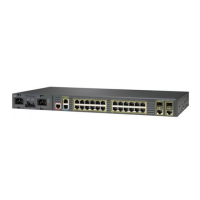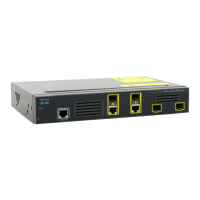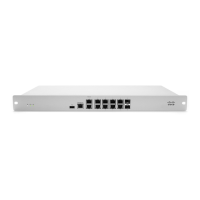36-17
Cisco ME 3400 Ethernet Access Switch Software Configuration Guide
OL-9639-07
Chapter 36 Configuring IPv6 Unicast Routing
Configuring IPv6
Beginning in privileged EXEC mode, follow these steps to change the ICMP rate-limiting parameters:
To return to the default configuration, use the no ipv6 icmp error-interval global configuration
command.
This example shows how to configure an IPv6 ICMP error message interval of 50 milliseconds and a
bucket size of 20 tokens.
Switch(config)#ipv6 icmp error-interval 50 20
Configuring CEF for IPv6
Cisco Express Forwarding (CEF) is a Layer 3 IP switching technology, allowing more CPU processing
power to be dedicated to packet forwarding. IPv4 CEF is enabled by default. IPv6 CEF is disabled by
default, but automatically enabled when you configure IPv6 routing.
To route IPv6 unicast packets, first globally configure forwarding of IPv6 unicast packets by using the
ipv6 unicast-routing global configuration command. You must also configure an IPv6 address and IPv6
processing on an interface by using the ipv6 address interface configuration command.
To disable IPv6 CEF, use the no ipv6 cef global configuration command. To reenable IPv6 CEF, use the
ipv6 cef global configuration command. You can verify the IPv6 state by entering the show ipv6 cef
privileged EXEC command.
For more information about configuring CEF, see the “Implementing IPv6 Addressing and Basic
Connectivity” chapter in the Cisco IOS IPv6 Configuration Library on Cisco.com.
Configuring Static Routing for IPv6
Before configuring a static IPv6 route, you must:
• Enable routing by using the ip routing global configuration command.
• Enable the forwarding of IPv6 packets by using the ipv6 unicast-routing global configuration
command.
• Enable IPv6 on at least one Layer 3 interface by configuring an IPv6 address on the interface.
Command Purpose
Step 1
configure terminal Enter global configuration mode.
Step 2
ipv6 icmp error-interval interval [bucketsize] Configure the interval and bucket size for IPv6 ICMP error
messages:
• interval—The interval (in milliseconds) between tokens
being added to the bucket. The range is from 0 to
2147483647 milliseconds.
• bucketsize—(Optional) The maximum number of tokens
stored in the bucket. The range is from 1 to 200.
Step 3
end Return to privileged EXEC mode.
Step 4
show ipv6 interface [interface-id] Verify your entries.
Step 5
copy running-config startup-config (Optional) Save your entries in the configuration file.
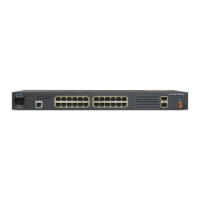
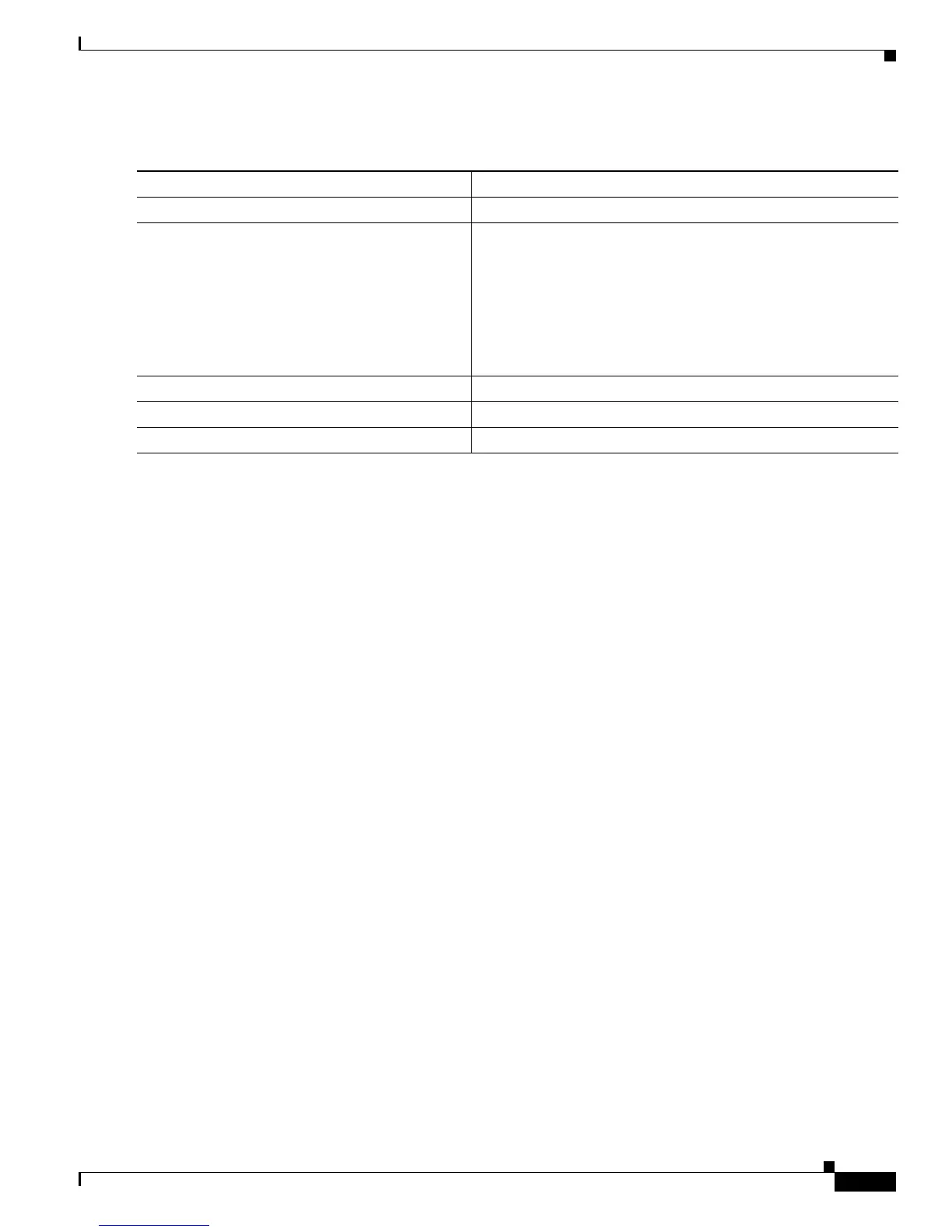